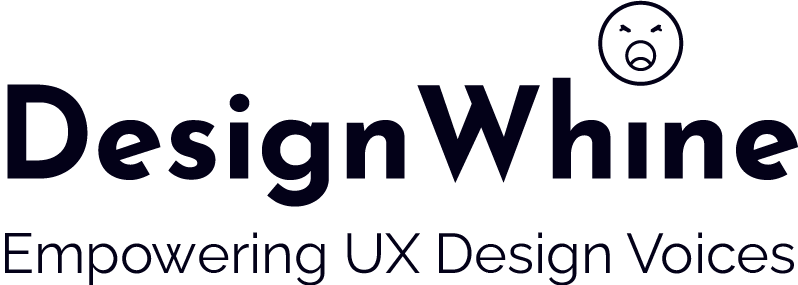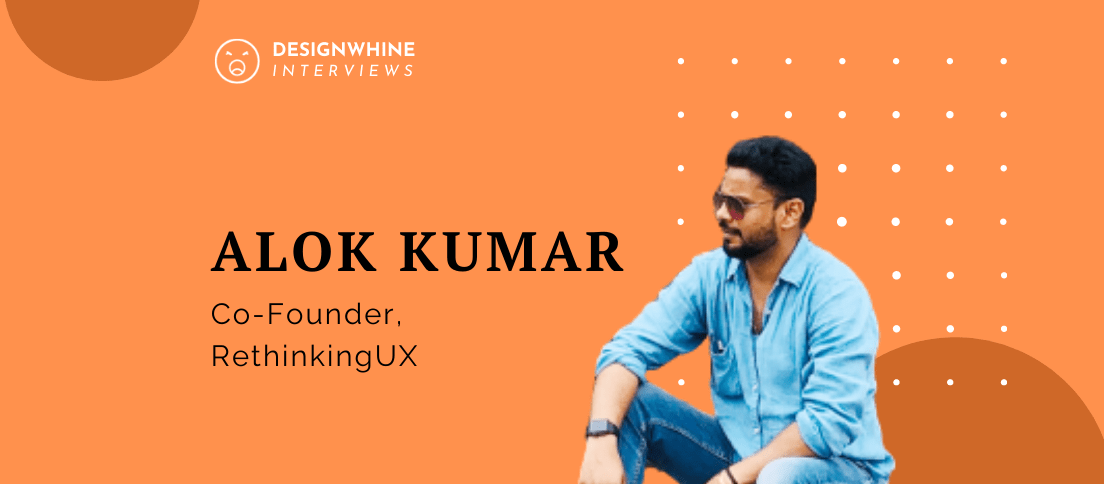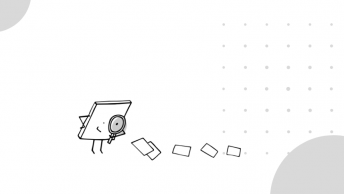Director UX Design & Research at Moonfrog Labs and co-founder of RethinkingUX, an esteemed UX community, Alok has worked with huge brands like the Walmart in the past and holds a masters in psychology. Alok loves spending lots of his time interacting with few industry experts and new talented minds of UX field
Were you ever a victim of imposter syndrome during your design career? How did you cope with it?
Yes, I think it is natural to be a victim of imposter syndrome in a design career. Since it’s a very subjective field, subjective rejection of your designs may lead you to lose confidence in yourself. It happened with me as well in my early stage of career where I felt that I am literally a good for nothing, just because of negative feedback of my designs. And I think the best way to cope with this is to be a positive thinker. Because imposter syndrome is nothing but lack of your self esteem. You must know the goal of your design and have confidence. That’s how I coped with imposter syndrome.
Do you think imposter syndrome plagues the UX design community more as compared to other communities? Why?
I think yes! And it’s because UX world is getting very challenging everyday due to new technologies and talent in the professional world.
Lot of new comers bang into frustration and anxiety. This is the place where designers need to bridge the gap and start understanding the real world problems and how to solve those with design. They need to develop a healthy response to failure and build deeper relationship with industry and other vertical experts.
What would be your advise to young designers trying to fight imposter syndrome?
Imposter syndrome is not a mental illness or an unnatural phenomena, but it may lead to very low self esteem and anxiety. So it’s very important to take this very seriously.
I would suggest two things to follow:
Be a positive thinker and,
Be a very active listener
Positive thinking will lead you to rethink your process and and iterate your design. That said, always validate your design with your real users, not the stakeholders. This will ensure your designs are backed by user validation which in turn boost your confidence.
Being an active listener gives you lot of patience and knowledge about the person you are interacting with.
Remember that making a design is an art but selling your idea is another important aspect that you need to learn. You must know your audience before you go to sell your ideas. And you must listen carefully to give a sensible and powerful reply.









